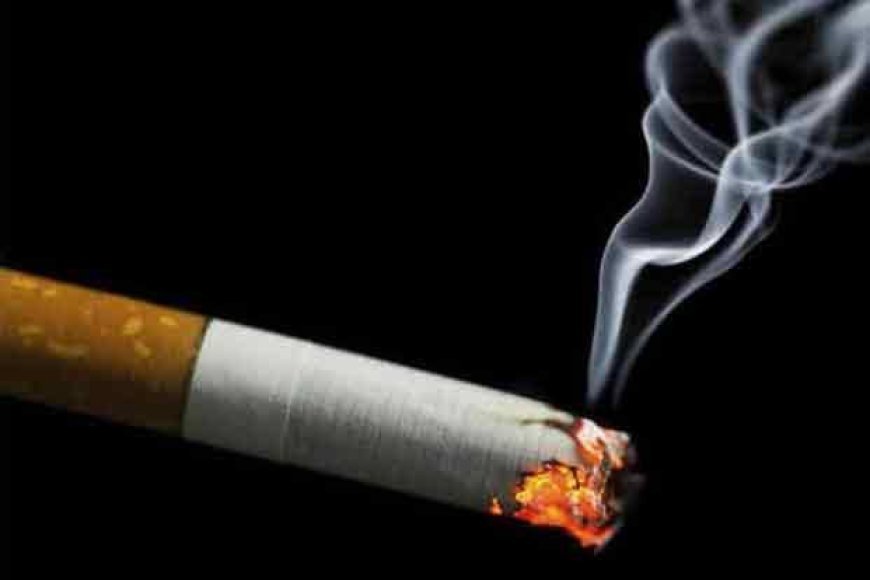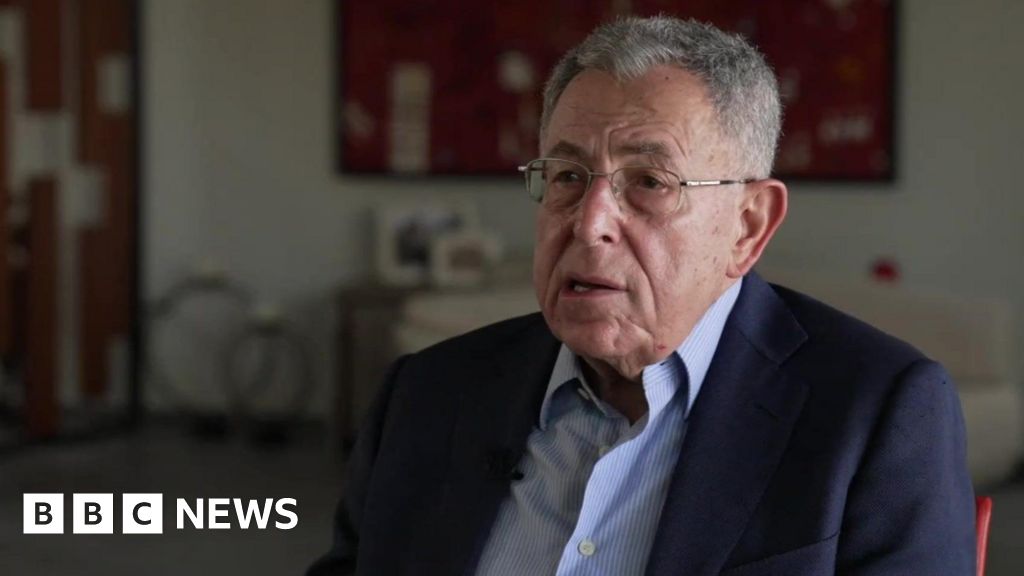The 20-minute Price of a Single Cigarette

Nairobi,
Monday, 6 January, 2024
McCreadie Andias
In the span of a casual smoke break, the clock of life ticks faster. It’s an unsettling notion: each cigarette smoked is estimated to cut 11 minutes from a person’s lifespan, a figure that translates to roughly 20 minutes when accounting for its compounded long-term effects on health.
This stark reality is more than just a statistic—it’s a reflection of how smoking subtly, yet profoundly, chips away at life expectancy.
The idea that a single cigarette can cost 20 minutes of life stems from research into the cumulative impact of smoking on mortality rates.
A landmark study published in the BMJ calculated that lifelong smokers lose an average of 10 years of life compared to non-smokers. Dividing this by the total cigarettes smoked over a lifetime led researchers to the 11-minute figure, which is compounded when considering secondary health issues.
Dr. Michael , a public health researcher, explains: “While the exact time lost per cigarette can vary, the data consistently shows that even light or occasional smoking has significant impacts on longevity. It’s not just the cumulative number of cigarettes—it’s the biological toll each one takes.”
Each cigarette contains more than 7,000 chemicals, many of which are toxic. According to the Centers for Disease Control and Prevention (CDC), chemicals like formaldehyde, benzene, and arsenic are among the cocktail inhaled with every puff.
These substances damage nearly every organ in the body, contributing to heart disease, cancer, and respiratory illnesses.
Dr. Stanton, a professor of medicine at the, adds, “What’s particularly alarming is how rapidly these chemicals begin to exert their effects. Even one cigarette starts a cascade of vascular damage, increasing the risk of heart attack or stroke.”
Beyond the physical effects, smoking shortens life in more subtle ways. Dr. Robert , author of The SmokeFree Formula, highlights the psychosocial impact: “Smoking isn’t just a personal health issue; it affects family dynamics, work productivity, and overall quality of life. Smokers often face reduced social opportunities and increased healthcare costs, which cumulatively diminish life’s potential.”
Globally, smoking is responsible for over 8 million deaths annually, according to the World Health Organization (WHO). Developing countries bear the brunt, with tobacco-related diseases disproportionately affecting low-income populations. Yet, the allure of cigarettes persists, fueled by aggressive marketing and cultural norms.
“In countries with lax regulations, smoking rates are climbing, especially among youth,” says Dr. Vera, a WHO tobacco control advocate. “Each cigarette smoked by these young people isn’t just a loss for them—it’s a loss for their families, communities, and economies.”
Efforts to curb smoking have made strides, but challenges remain. Policies like higher taxes, smoking bans, and plain packaging aim to reduce tobacco use, yet addiction often overrides deterrents.
Nicotine, the primary addictive component of cigarettes, is notoriously difficult to quit. Nicotine affects brain pathways associated with reward and pleasure. This makes quitting an uphill battle, even for those aware of smoking’s deadly consequences.
While the statistics are grim, public health campaigns offer hope. Programs focusing on youth education, cessation support, and alternative therapies like vaping have shown promise. However, experts warn against complacency.
Dr. Stanton cautions, “E-cigarettes and other nicotine products aren’t risk-free. We need comprehensive strategies that address all forms of tobacco use.”
For many, the act of lighting a cigarette is routine, even comforting. But each puff represents a trade-off: fleeting satisfaction for an invisible but tangible reduction in life.
The challenge lies in making those consequences visible, not just through statistics, but by fostering a culture that values long-term health over short-term gratification. Because, in the end, 20 minutes may seem insignificant—until they’re the last ones you have.
What's Your Reaction?



































































































































































































































































































